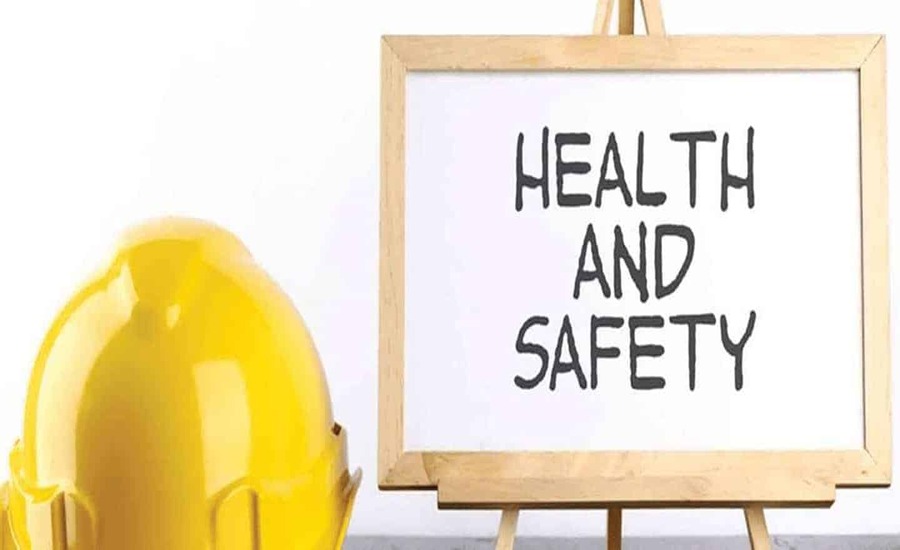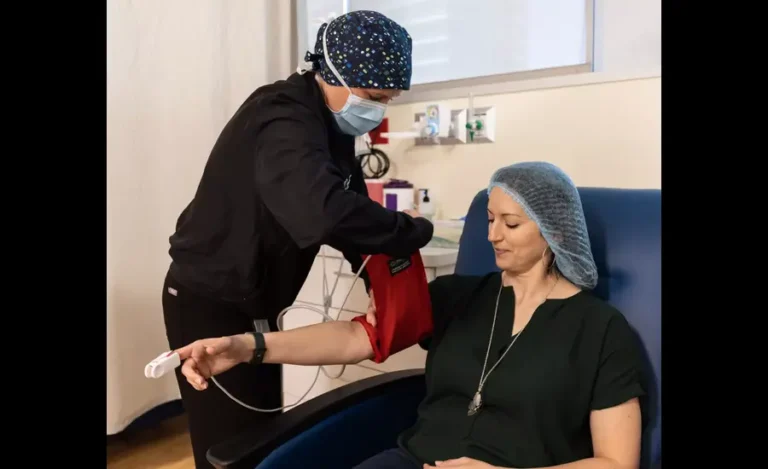Enhancing Safety Culture: Training Programmes that Make a Difference
Every workplace has its own culture. Some are more laid back, while others are more intense. But there’s one culture every workplace needs: a safety culture. With it, even the best companies can avoid big problems. A strong safety culture means fewer accidents, less downtime and happier employees. But how do we build this culture? It starts with the right training programmes. This blog dives into how training programmes can boost safety culture.
Understanding Safety Culture
Safety culture goes beyond merely adhering to rules and regulations. It’s the shared values, beliefs and attitudes that shape how employees behave at work. When safety is a top priority, everyone looks out for one another. It becomes second nature.
Think of it like this: In a good safety culture, employees don’t just follow safety procedures because they have to. They follow them because they want to. They understand that these rules are in place to protect them and their coworkers. This mindset makes a huge difference in everyday safety practices.
The Importance of Effective Training
Health and safety training courses are the backbone of a strong safety culture. They provide employees with the knowledge and skills they need to stay safe. However, not all training is created equal. Practical training is engaging, interactive and relevant.
Consider this: If a training session is dull, employees will tune out. They won’t remember the key points and the whole exercise becomes a waste of time. Conversely, when training is engaging and enjoyable, employees are more inclined to focus and remember the information. This leads to better implementation of safety practices.
Leadership and Safety Training
Leadership is vital in influencing and developing a safety culture. Leaders set the tone for the rest of the team. That’s why IOSH Training (Institute of Occupational Safety and Health) is so essential for managers and supervisors. It equips them with the skills to lead by example.
IOSH training programmes helps leaders in a wide range of industries understand their role in promoting safety. It covers topics like risk assessment, accident prevention and safety communication. When leaders are well-trained, they can effectively mentor and guide their teams. They become role models for safe behaviour.
A leader who prioritises safety sends a clear message to the team: Safety is non-negotiable. This generates a ripple effect across the organisation. Employees see that safety is taken seriously and follow suit, fostering a safer work environment.
Interactive and Engaging Training Methods
Gone are the days of dull, lecture-style training sessions. Today’s employees crave interaction. They want to be part of the learning process. Here are some ways to make training more engaging:
- Use Real-Life Scenarios: Employees relate better to real-life situations. Use examples that they can encounter in their daily work. This makes the training more practical and relatable, helping employees understand how safety procedures apply to their everyday tasks.
- Hands-On Training: Let employees practice what they learn. This could be through simulations or role-playing exercises. Such methods enable employees to experience real-world challenges in a controlled environment, boosting their confidence in handling actual situations.
- Technology Integration: Use videos, interactive quizzes and virtual reality. These tools make learning more engaging and memorable, catering to different learning styles. They also provide a dynamic learning experience, keeping employees interested and focused throughout the training.
- Group Activities: Encourage teamwork. Group discussions and activities help employees learn from each other. This interaction fosters a collaborative spirit, making employees more likely to support each other in maintaining safety standards.
- Feedback Sessions: After training, have a session where employees can share their thoughts. This helps improve future training sessions and shows employees that their opinions matter. Listening to their feedback ensures the training evolves to meet their needs, enhancing its effectiveness over time.
Continuous Improvement and Feedback
Establishing a safety culture is not a one-time occurrence; it is a continuous process. Continuous improvement is critical. This means regularly reviewing and updating training programmes to keep them relevant and effective.
Feedback is a crucial component of this process. Encourage employees to share their thoughts and ideas through surveys, suggestion boxes or regular meetings. Use this feedback to adjust the training programmes as necessary.
Also, the effectiveness of the training should be tracked. Are accident rates decreasing? Are employees more aware of safety procedures? Use this data to measure the impact of the training and make improvements as needed.
Key Takeaways
Creating a strong safety culture is a journey. It requires commitment, effort and the right training programmes. Effective health and safety training courses are engaging, interactive and relevant. They provide employees with the knowledge and skills necessary to ensure their safety.
Leadership training, like IOSH Training, is also crucial. Leaders set the tone for the rest of the team. When they prioritise safety, it creates a ripple effect throughout the organisation.
Finally, remember that building a safety culture is an ongoing process. Continuous improvement and feedback are essential. By regularly reviewing and updating training programmes organisations can ensure they remain practical and relevant.
In the end, a strong safety culture benefits everyone. It leads to fewer accidents, less downtime and happier employees. And who doesn’t want that?






